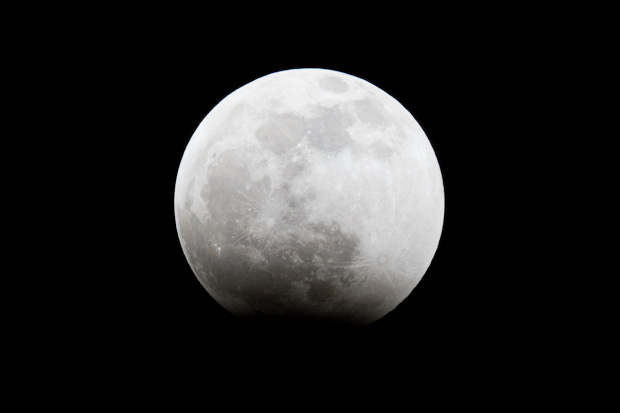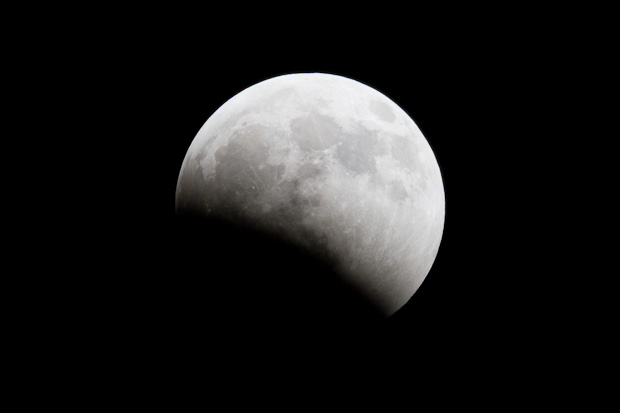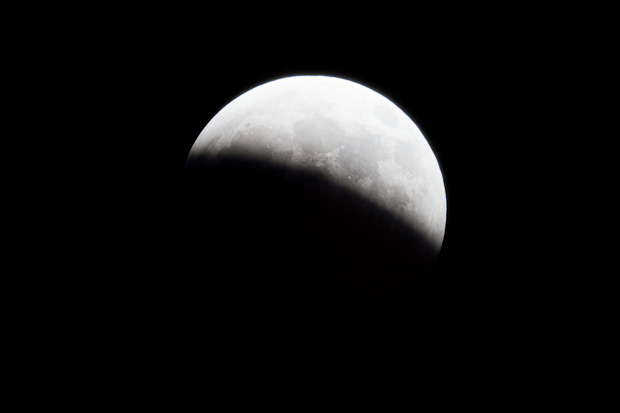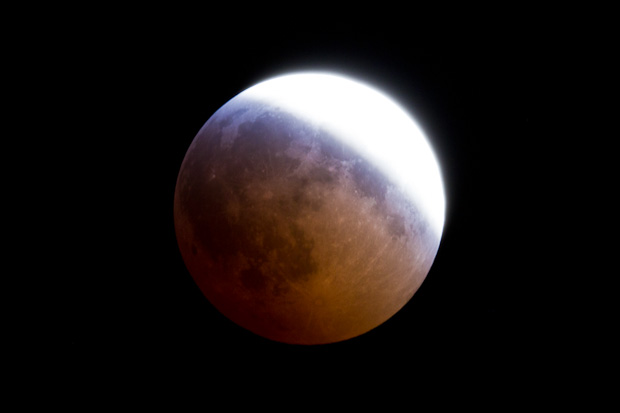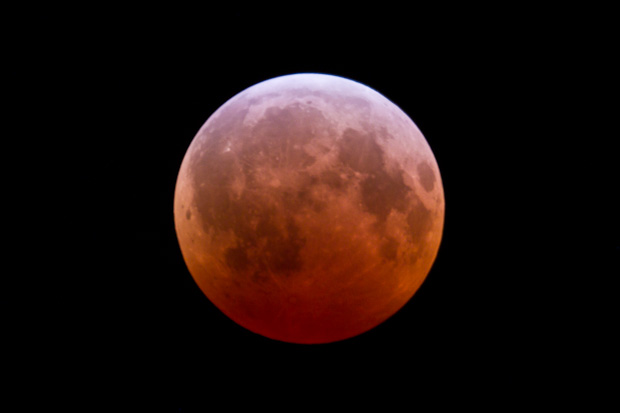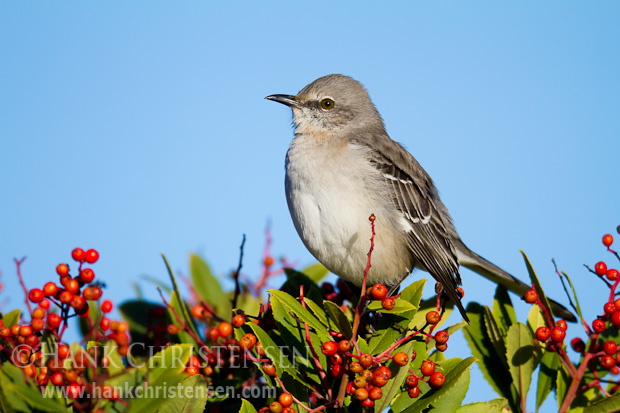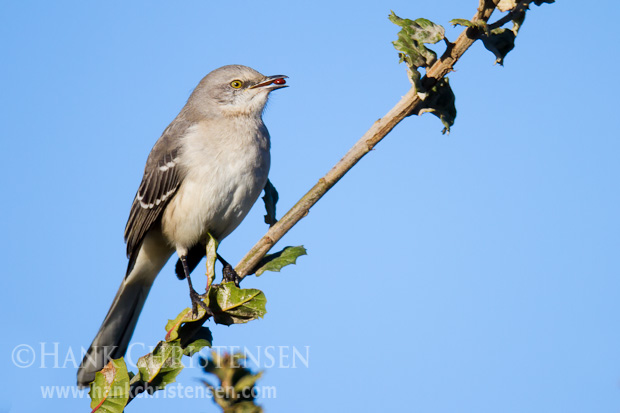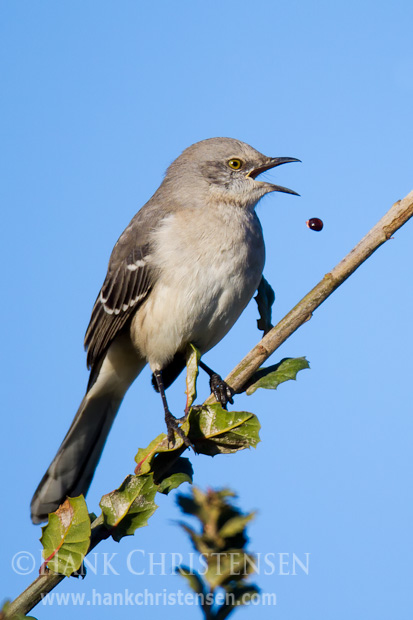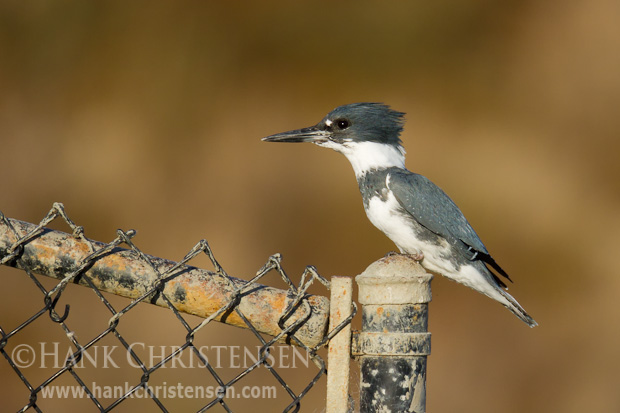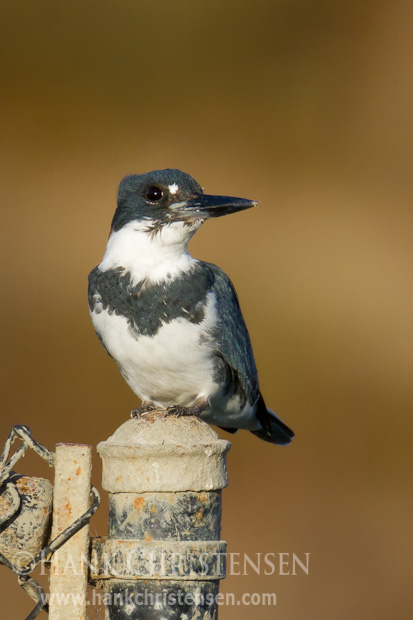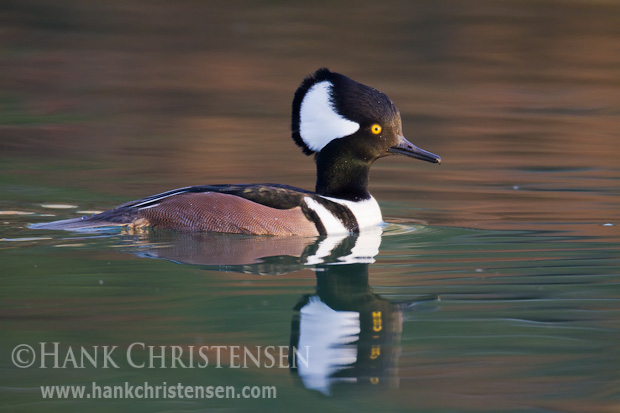
I was lucky enough to find a pair of hooded merganser a few weeks ago at a local birding spot close to my house. While not uncommon to the area this time of year, they are usually seen in very small numbers – usually only in ones and twos. I found this attractive pair in a narrow channel that is usually very shallow, but had recently flooded, providing enough depth for these diving birds.
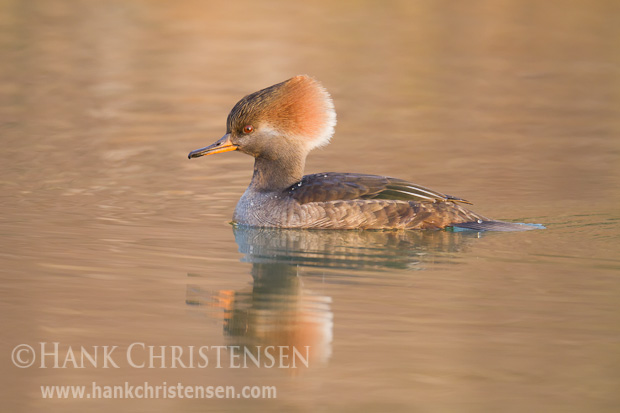
As I approached, I crouched down and worked my way toward a large clump of tall grass along the channel that could provide some screening. I crept up behind the grass and set up, careful to work very slowly so as not to disturb the pair. The last thing I’d want is for them to fly somewhere else – they seemed to be set up in the perfect position for me. The rising sun was behind me, casting the birds in full frontal lighting, and the channel was narrow enough that the entire surface of the water reflected the straw colors of the opposite shore.
After I set up, I knelt behind my tripod in the mud and goose poop (I often wear knee pads when I expect to shoot at water level) and poked my lens through the grass. They seemed right at home with me there, giving me a full half hour with them as they swam back and forth in front of my camera.
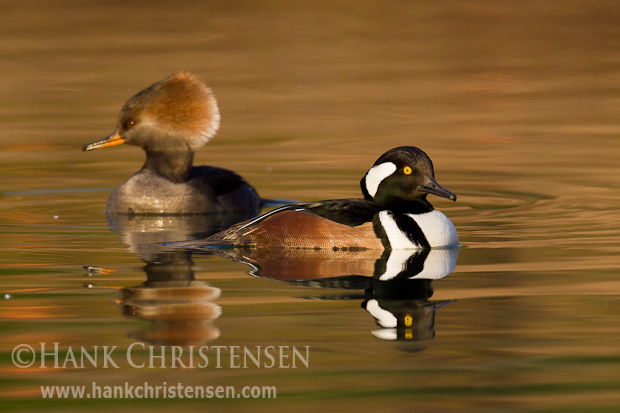
During courtship displays, the male fans his crest open, as seen in the first photo. The male seen here had a flat crest most of the time, only displaying his crest once to ward off a curious cormorant, and once while scratching the back of his head with his foot. The female seemed to display her crest most of the time I was watching them. The photo below shows the male with a flattened crest.
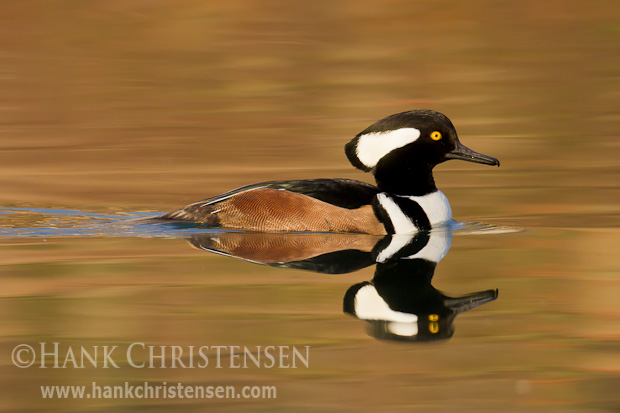
Like other mergansers, the hooded merganser has a long thin bill with serrated edges. This helps to grip fish and crustaceans when the birds dive underwater for them. Because of this trait, mergansers are often called “sawbills”. They are a somewhat secretive bird, nesting in small tree cavities hidden away from would-be predators. Hunting underwater by sight, they can actually change the refractive properties of their eyes in order to enhance their underwater vision.
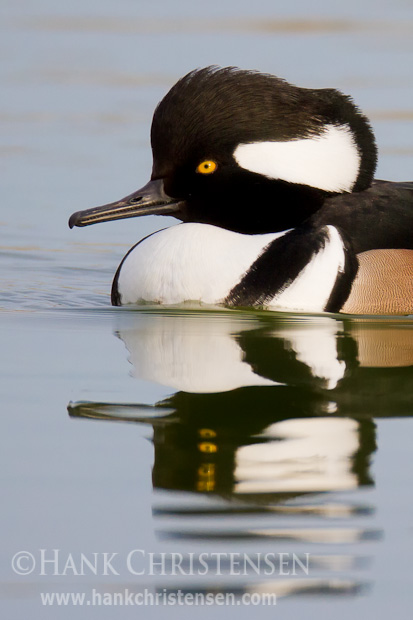
After a while, the mergansers decided they were done with this water channel and it was time to head off to more fertile fishing grounds. I was elated to have had that time with them, in such good photo conditions.

